
Developer: Paul Cuisset
Publisher: Microids
Platform: PS4, Switch
Tested on: Switch
Flashback (Remaster) – Review
Flashback is one of those titles that many ’80s and ’90s kids remember fondly when reflecting on the video games of their childhood. The Megadrive classic was state of the art back when it originally released in 1992. Over a quarter of a century later, we’re taking a look at the remaster that is available on the Switch. Does it still hold up?
Set in the distant future of 2142, players step into the shoes of Conrad B. Hart, a scientist. Conrad has found himself stranded on Titan, one of Saturn’s moons. After waking up in an alien jungle, and not able to remember what happened, Conrad stumbles upon a Holocube by chance. This Holocube contains a recording Conrad made himself: it turns out Conrad’s amnesia isn’t the result of his crash on Titan, but is intentional, in order to protect secret information from falling into the wrong hands. Conrad must now return to Earth in a race against time, recover his memories and prevent bad stuff from happening.
It’s a decent premise, although the setup isn’t very clear -especially in the beginning- tying into the whole amnesia trope. Text is limited, with the opening animation featuring no explanation of events and the first true dialogue appearing when you pick up the Holocube. If anything, you’ll need to play through Flashback at least once to fully understand the story, and twice to appreciate the subtle hints that you may have failed to notice the first time. Given that it’s a relatively short experience, that can be completed in a single afternoon, finding the time to replay it shouldn’t be a difficult task.
Graphics
One of the first things you’ll notice about Flashback is just how well the graphics hold up, even after more than 25 years. The smooth animations especially stand out, and if the game would have been a completely new release, people would have probably considered it too modern-looking to be a true retro style game. Part of this is because the character animations were not drawn in the classical style but rather through the rotoscope technique. Rotoscoping is something that was used in animated movies, but using it in video games was very innovative in 1992, and it holds up surprisingly well today.
As is becoming common in rereleases of retro games, Flashback features a variety of filters and effects to mimic playing the game on a CRT monitor, complete with video distortion and scan lines. These are fully optional and there is a charm to playing the game with all of these turned on, but as they are more fun than functional, you’ll likely play the game with them turned off.
Sound
Given the 16 bit nature of the original game, the soundtrack sounds impressive even today, and would have been state-of-the-art by 1992 standards. If anything it feels very cinematic -which was the intent- and those familiar with the original will feel a chill running down their spine when hearing the menu music. Apart from the music, the sounds you hear during your adventures might feel a bit dated but that is a result of the limitations of the original release.
Gameplay
Flashback is a puzzle platformer that feels very much like the classic Prince of Persia games. Rather than large open levels where you move from point a to point b, here you take on one screen at a time -although they are all interconnected. Most of these screens feature multiple entry points as well as various height levels. The interconnected screens tend to act as puzzles a lot of the time and the key to making your way through Flashback is in figuring out just how to overcome the obstacles you run across in each of the seven stages. It’s hard to explain without playing it, but Flashback feels like it surpasses its own genre, relying on your thinking prowess to make it to the end. In this way, it’s one of the more realistic feeling platformers out there, even if it is set in the distant future, where you can have a gun with unlimited ammo and where aliens threaten Earth.
Adding another layer of realism is how Conrad’s movement was implemented. Rather than playing like a classical video game character, with the ability to jump higher and run faster than normal humans, Conrad’s motion is based on that very same rotoscope technique, meaning he’ll move and jump like a normal human. It takes some time to get used to the controls -especially the long jump- and it makes you realize just how different a character like Mario feels to play compared to realistic human movement. This does mean that you will need to take your time familiarizing yourself with the controls. The original controller only had a three-button setup and it feels weird to have to use the A-button for so many different actions while most other buttons on your controller remain unused. The option to remap the controls would have been welcome here.
Flashback features two modes. The classic mode allows you to jump in and play the game exactly as it was originally released. However, the remastered mode gives the game a more modern feel, and allows players to adjust the difficulty level as well as adding a bunch of tutorials so that newer players won’t feel lost. While the original didn’t rely on in-game tutorials, it was released when video games still came with extensive manuals, so it makes sense to include the newer mode, and it’s a nice touch to still keep the original mode intact so that purists can enjoy revisiting the game exactly like it was in their childhood.
Conclusion
It’s been more than 25 years and it’s surprising just how well Flashback holds up to today’s standards. Some minor adjustments, such as an alternate control scheme or the ability to remap certain actions would have been welcome, but overall, it’s very difficult to find any flaws with this classic masterpiece.
Flashback (Remaster) - Review,
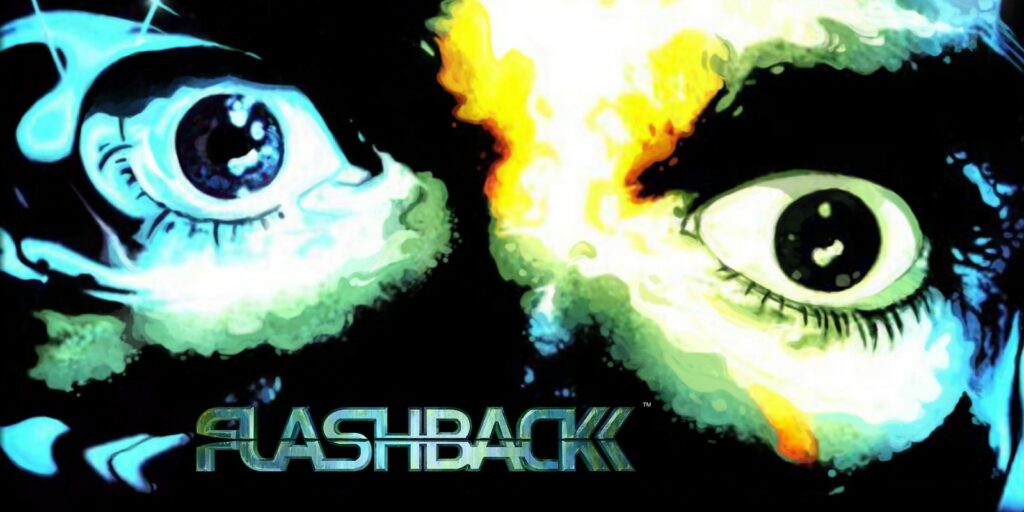
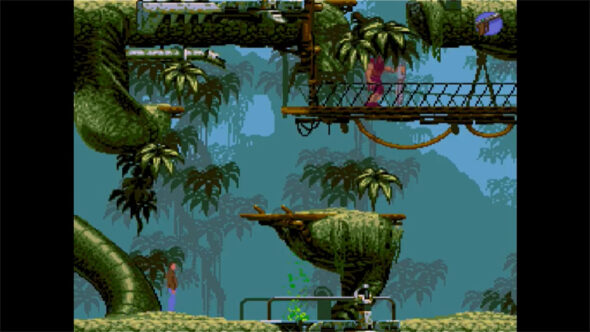
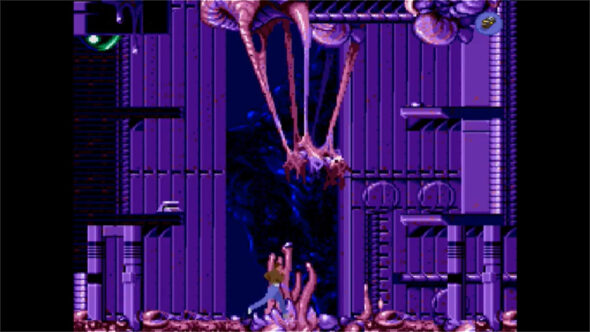
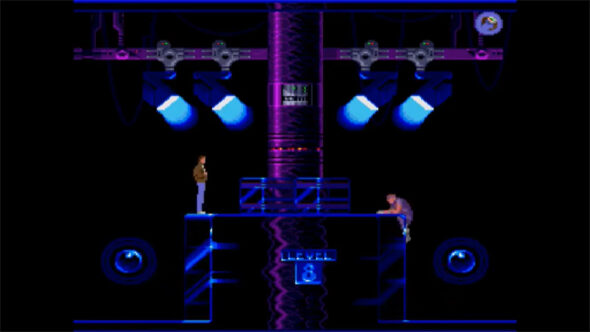



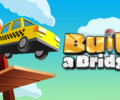
No Comments